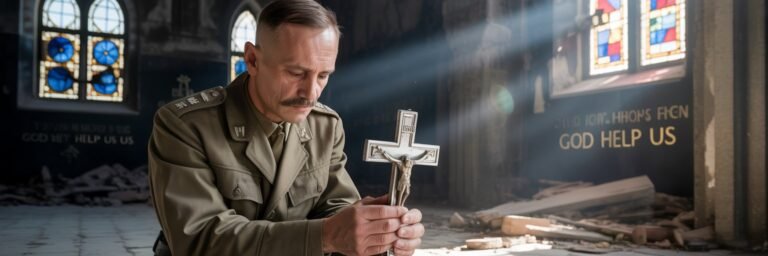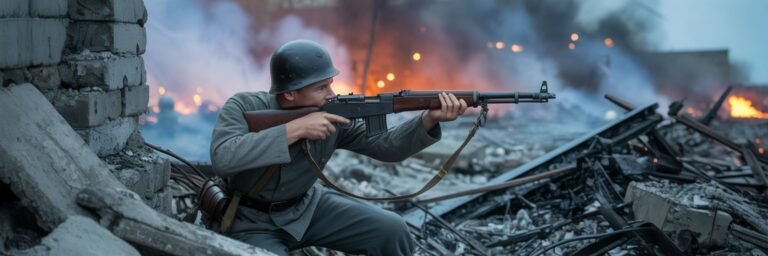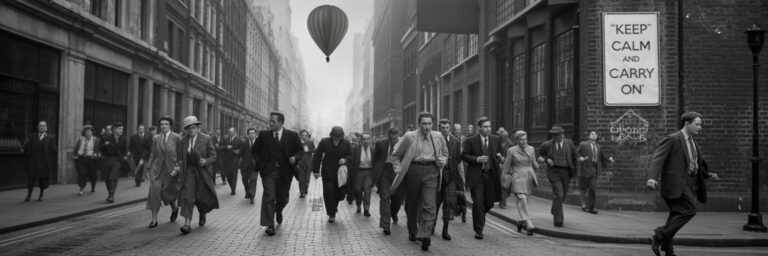INTRODUCTION
As history unfurls, it leaves behind certain moments etched in the collective memory of mankind, irreversible changes that have defined eras and altered life as we know it. The Second World War was one such epochal moment, seared into the pages of time, and arguably the most cataclysmic event of the 20th century. It was a test of not just political and military might, but also the resilience and resolve of the human spirit.. From the invasion of Poland by Hitler’s army to the dropping of atomic bombs on Hiroshima and Nagasaki, each moment, each decision, and each act conspired to shape a world that was never to be the same again. This carefully curated timeline of key moments in World War II will not only weave a chronological narrative but will give the readers a deeper insight into theories, controversies, cultural imports, and the legacy that this war imprinted upon the world.
HISTORICAL BACKGROUND
The roots of World War II lie embedded in the concrete of the devastations of the First World War and the Treaty of Versailles. Following the end of the ‘war to end all wars,’ the treaty intended to establish peace but unintentionally laid an incubator for another war – more deadly and destructive. Economically ravaged and humiliated, Germany, under the dictatorship of Adolf Hitler and his National Socialist German Workers’ Party (Nazis), began to arm itself stealthily, violating terms of the Treaty. Meanwhile, in the East, Imperial Japan, propelled by ambitions of strategic expansion, invaded China in July 1937, igniting the incipient flames of war.
THEORIES AND INTERPRETATIONS
Popularly, World War II has been viewed as an inevitable consequence of fascist aggression. And while that is true, historians like Richard Overy argue that it was not just Hitler’s or Mussolini’s imperial ambitions that heralded the war but the collective failures of other world powers. On one hand, there was the policy of appeasement propagated by Britain and France, which allowed Hitler to rearm and expand. On the other, the non-aggression pact (Molotov–Ribbentrop pact) signed between Nazi Germany and Soviet Union in 1939 gave Hitler a free hand in Eastern Europe. The world seemed to have slumbered under an illusion of conflict avoidance, until the spell was painfully broken by the savagery of war.
MYSTERIES AND CONTROVERSIES
World War II was not without its share of mysteries and controversies. The role and knowledge of the Allies regarding the Holocaust has continually been debated. While some believe that the Allies were unaware of the depth of the Nazis’ Final Solution until near the end of the war, others claim they purposely neglected to take firm action due to rampant anti-Semitism. Another contentious issue is the necessity of the atomic bombings by the U.S. on Hiroshima and Nagasaki in 1945 to hasten Japan’s surrender. Critics argue that Japan would have eventually surrendered without the use of such devastatingly destructive weapons.
SYMBOLISM AND CULTURAL SIGNIFICANCE
World War II was a cultural phenomenon as much as a political and military one. It pushed the boundaries of human endurance and amplified the notions of duty, valor, and sacrifice. For many nations, WWII became a symbol of national unity and gave birth to notions of collective resistance – for instance, the British ‘Blitz spirit,’ Russia’s ‘Great Patriotic War,’ or China’s ‘War of Resistance.’ Literature and cinema flourished in the war’s aftermath, acting as catalysts for cultural conversations, allowing societies to grapple with the harrowing experiences of combat, genocide, and nuclear devastation.
MODERN INVESTIGATIONS
In the decades following World War II, new disclosures and investigations continually reshape our understanding of its events. Recently, decrypted wartime radio communications, known as ‘Ultra’ intelligence by British codebreakers, offered fresh insights into the Allies’ strategic decisions. Meanwhile, forensic archaeology has been instrumental in unearthing Holocaust testimonies, such as in the Sobibor concentration camp, continually challenging global amnesia and denial related to Holocaust crimes.
LEGACY AND CONCLUSION
Almost eighty years later, the legacy of World War II is as potent as ever. It shattered empires, redrew political boundaries, and led to the rise of two superpowers – the USA and the USSR, planting seeds for the Cold War. It was a catalyst for decolonization and set off a chain of events, propelling nations towards self-determination.
However, at its core, World War II transformed human consciousness, heralding a new era of respect for human rights. It gave birth to the United Nations, committed to the prevention of such destructive wars, though its effectiveness is a topic of incessant debate. But perhaps most importantly, it acts as a grim reminder of the barbarities humanity is capable of inflicting upon itself under misguided ideologies, aggressive nationalism, and xenophobia.
Decoding a timeline for World War II is more than mere historical record-keeping. It is to engage deeply with the ‘why’ of history. It is to understand the trajectory of human action and thought, of conflicts and ply of powers, and most importantly, the collective conscious of humanity that helps shape our future. As the late Elie Wiesel rightly said, “To forget a Holocaust is to kill twice.”






